搜索结果: 'methocult media formulations for mouse hematopoietic cells serum containing'
-
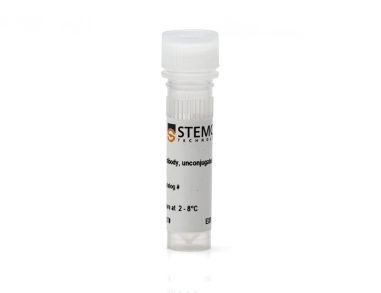 抗人CD51抗体,clone NKI-M9 小鼠抗人CD51(整合素αV)Monoclonal IgG2a抗体
抗人CD51抗体,clone NKI-M9 小鼠抗人CD51(整合素αV)Monoclonal IgG2a抗体 -
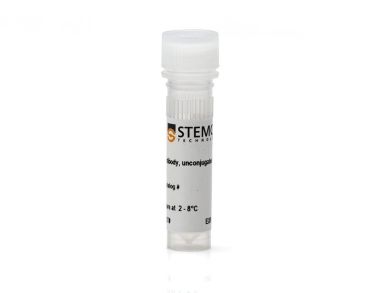 抗人CD56抗体,clone HCD56 小鼠Monoclonal IgG1抗体,抗人CD56 (NCAM)
抗人CD56抗体,clone HCD56 小鼠Monoclonal IgG1抗体,抗人CD56 (NCAM) -
 抗人CD63抗体,clone H5C6 小鼠Monoclonal 抗体,抗人,恒河猴和食蟹猴CD63,未偶联
抗人CD63抗体,clone H5C6 小鼠Monoclonal 抗体,抗人,恒河猴和食蟹猴CD63,未偶联 -
 抗人CD66b抗体,clone G10F5 小鼠Monoclonal IgM抗体,抗人、黑猩猩CD66b
抗人CD66b抗体,clone G10F5 小鼠Monoclonal IgM抗体,抗人、黑猩猩CD66b -
 抗人CD68抗体,clone Y1/82A 小鼠Monoclonal IgG2b抗体,抗人CD68
抗人CD68抗体,clone Y1/82A 小鼠Monoclonal IgG2b抗体,抗人CD68 -
 抗人CD69(AIM)抗体,clone FN50 抗人CD69小鼠Monoclonal 抗体
抗人CD69(AIM)抗体,clone FN50 抗人CD69小鼠Monoclonal 抗体 -
 抗人CD71(转铁蛋白受体)抗体,clone OKT9 小鼠Monoclonal IgG1抗体,抗人CD71(转铁蛋白受体)
抗人CD71(转铁蛋白受体)抗体,clone OKT9 小鼠Monoclonal IgG1抗体,抗人CD71(转铁蛋白受体) -
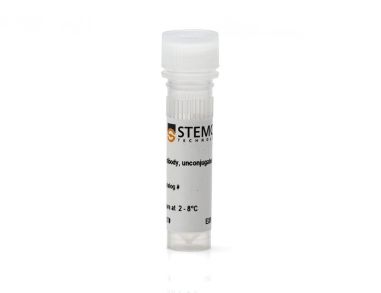 抗人CD73(胞外-5'-核苷酸酶)抗体,clone AD2 小鼠Monoclonal 抗人、恒河猴、黑猩猩CD73的IgG1抗体
抗人CD73(胞外-5'-核苷酸酶)抗体,clone AD2 小鼠Monoclonal 抗人、恒河猴、黑猩猩CD73的IgG1抗体 -
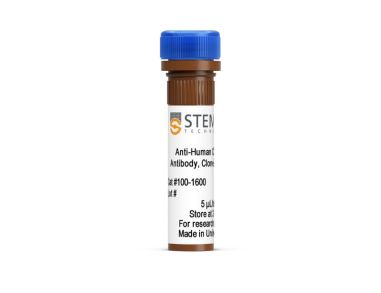 抗人CD80 (B7-1)抗体,clone 2D10.4 小鼠抗人恒河猴CD80(B7-1)Monoclonal 抗体
抗人CD80 (B7-1)抗体,clone 2D10.4 小鼠抗人恒河猴CD80(B7-1)Monoclonal 抗体 -
 抗人CD81 (TAPA-1)抗体,clone 5A6 小鼠Monoclonal 抗体,抗人、恒河猴、食蟹猴CD81,未偶联
抗人CD81 (TAPA-1)抗体,clone 5A6 小鼠Monoclonal 抗体,抗人、恒河猴、食蟹猴CD81,未偶联 -
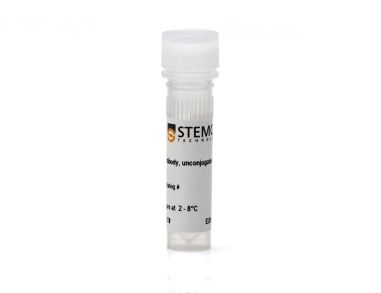 抗人CD83抗体,clone HB15e 抗人、恒河猴、食蟹猴CD83的小鼠Monoclonal IgG1抗体
抗人CD83抗体,clone HB15e 抗人、恒河猴、食蟹猴CD83的小鼠Monoclonal IgG1抗体 -
 抗人CD8a抗体,clone RPA-T8 小鼠Monoclonal IgG1抗体,抗人、恒河猴、食蟹猴CD8a
抗人CD8a抗体,clone RPA-T8 小鼠Monoclonal IgG1抗体,抗人、恒河猴、食蟹猴CD8a


 EasySep™小鼠TIL(CD45)正选试剂盒
EasySep™小鼠TIL(CD45)正选试剂盒





 沪公网安备31010102008431号
沪公网安备31010102008431号